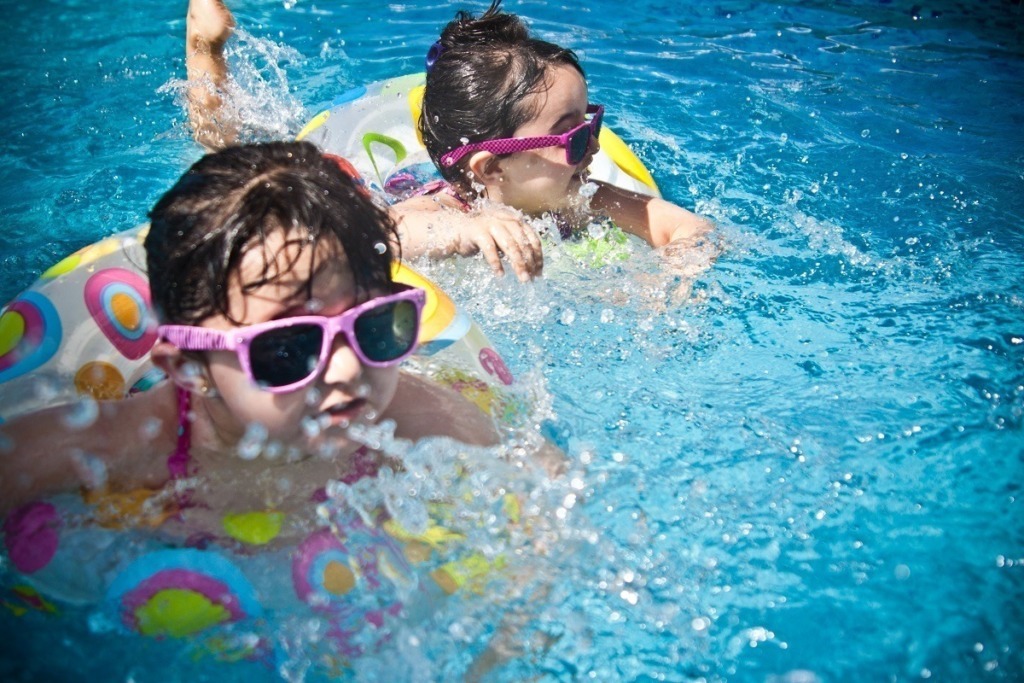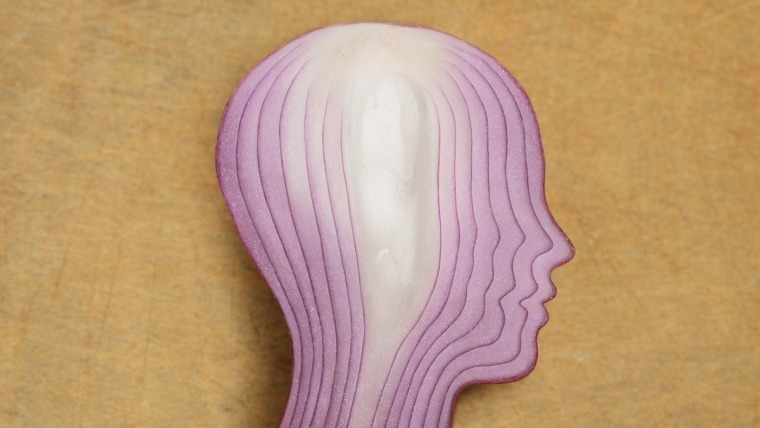
Written by Melani De Sousa
Prior to COVID-19, over two thirds of Australian children were reported to participate in organised physical activity outside of school hours at least once per week, with 25% participating at least three times per week for an average of 1 hour per session.[1] With month-long periods of global lockdown and the cancellation of most sporting and community activities, there’s no doubt that both children and adults are less active today than at the start of 2020. So, what steps can we take to increase our physical output while reaping the benefits of daily movement, even when reduced to a few square metres either inside or out? We give you a few tips below…
BACKYARD OLYMPICS
Channel your inner Olympian and set up backyard games with a few pieces of low-cost equipment like witch’s cones, rope, a hula-hoop, a bucket, hurdles, a timer and water bottles. Depending on the size of your family, divide yourselves into two equal size teams. You can even wear matching colours to denote your team uniform! From there, set up a score board with the following activities:
- Relay shuttle runs
Use the water bottles as batons and the witch’s cones as markers. If you have the space, place two witch’s cones 15-20m apart from one another for each team. Set the timer for 3 minutes and run individually as many times as possible from one cone to the other exchanging the baton at each end. Count at loud so you don’t miss any points. At the end of the 3 minutes, write down how many shuttle runs were completed by each team on your score paper.
- Hula-Hoop throw
Set up a standard sized bucket at least 5-10 metres away from one witch’s cone. Start a timer at 5 minutes counting down. While standing at the witch’s cone, aim to get the hula-hoop around the bucket by throwing it into the air with one hand. If you do not land the hula-hoop correctly around the bucket, run to retrieve it back, and relay it to the next player in your team. Interchange players for each throw until you land the hula-hoop around the bucket. Record the time left on the timer as your score for this event e.g. if 3:36 remain when you land the hula-hoop, your score is 336.
- Hurdles
Set up mini hurdles in either a circle or straight line. Using chalk or a rope map out a path that provides a boundary for where you can jump and land over the hurdles. Aim to clear all the hurdles on one leg or use rope to tie both legs together and hop. Set a timer for 3 minutes and tally up how many hurdles were cleared collectively (landing inside the designated path) within your team. Use this as your score for this event.
- Shot put
Fill up a 2-litre bottle with water. Standing at one end next to a witch’s cone, throw the bottle as far as you can on your non-preferred side e.g. if you’re right handed, use your left hand. Measure how far each player threw the bottle and use this measurement as your score. E.g. A 2.3-meter throw equals 230 for your score.
After completing all events, add up each score to reach your overall tally. The team with the highest score wins!
MUSICAL PLANKS
Transform the classical music chairs game into a household group activity by planking instead of sitting. Assign one person to be the DJ and dance energetically to your favourite music until the music stops and you have to quickly assume the position of a plank on the floor (see here for instructions on how to do a plank) The last person to plank is out. Continue until you have one person left. *To make things more interesting, get members to hold the plank for 30 seconds each time.
-----
Did you know that above anything else, parent participation in physical activity is attributed as the greatest influencer of children’s exercise habits, even more so then level of income?1 When children grow up watching their parents enjoy exercise, they are more likely to enjoy it themselves, regardless of the type of exercise performed. Family fitness activities likes the ones here not only give your children an opportunity to move more, but they’ll also ensure you get your heart rate up and your blood pumping for less than the cost of a cup of coffee.
-----
SKIPPING
Skipping ropes are one of the cheapest and most effective pieces of exercise equipment you can buy. If you have more than 3 people in your household, use one large skipping rope, or tie 2 skipping ropes together and get one person to stand at each end of the skipping rope, with one person in the middle who jumps. See who can perform the most uninterrupted skips in a row and use this as a benchmark for each person. Over time, try to improve the number of overall skips your family can successfully perform together by adding up each person’s score into one overall team score. *Keep this number on the fridge to remind you what number you need to beat!
SCAVENGER HUNTS
Using your existing knowledge of the suburb that you live in or a neighbouring suburb, draw out a map, or make a list of things kids must find and tick off on your next family walk. Monuments like shops, street names, playgrounds, signs…etc are all good starting points and make the activity of walking more exciting for children. Adjust the difficulty level to suit the age of your children and add a fun prize at the end or home-made badge to reward their efforts.
Remember, moving more doesn’t have to mean spending more. By finding fun and creative ways to keep your family exercising, you won’t only feel the benefits of physical activity but also have the opportunity to spend more quality time with your partner and children.
[1] AusPlay Focus, “Children’s Participation in Organised Physical Activity Outside of School Hours”, April 2018
Family Fitness On Family Fitness On Family Fitness On




1 Comment